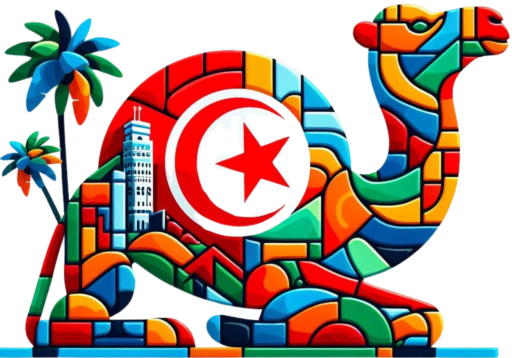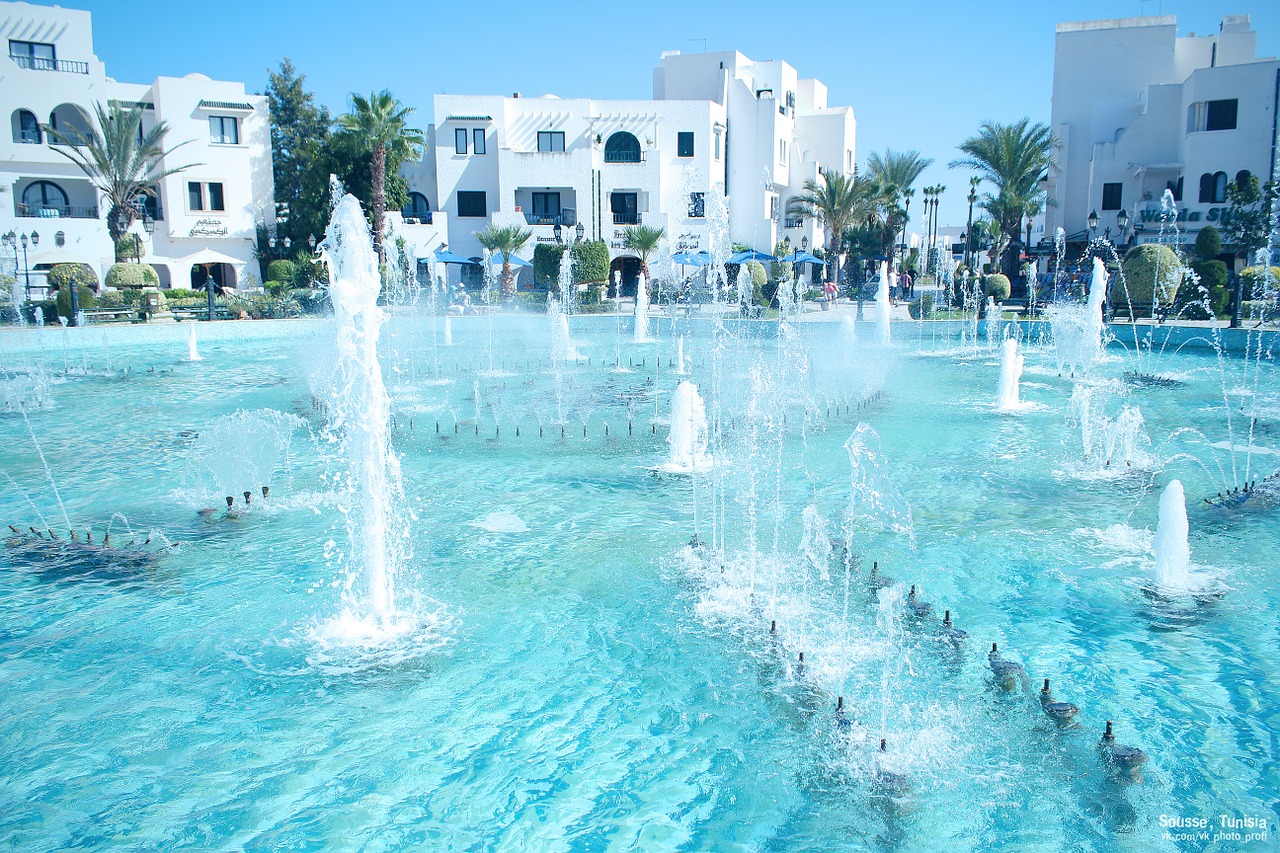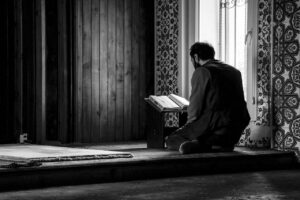A beautiful week-long vacation in Tunisia is ideal for exploring the historical and religious sites that preserve important testimonies of the country’s past, still well preserved today. Tunisia is not just about the sea but offers splendid Roman archaeological sites, Berber and Arab villages, the desert, and regal cities with characteristic medinas and scenic markets.
Organizing a 7-day trip is the perfect opportunity to see different places and scenarios by visiting Tunis, Testour, Dougga, Carthage, Kairouan, Sidi Bou Said, El Jem, Matmata, Douz, Chott El Jerid, Tozeur, and Sbeitla.
7-Day Travel Itinerary in Tunisia
To fully enjoy the natural, historical-artistic, and cultural wonders that Tunisia offers, an organized trip is the best solution as everything is pre-arranged, and you can see many places.
Italy – Tunis (Day 1)
The first day is for the journey from Italy to Tunisia. Generally, a direct flight from one of the Italian cities is preferred. Upon arrival, it’s advisable to have a rental car to make transfers to the hotel and any internal travel easier. You can book it directly from Italy or upon arrival at the airport.
Also, a ferry trip with a car is a popular option and is possible from the ports of Genoa, with CTN (Tunisian Navigation Company) or Grandi Navi Veloci. From Civitavecchia, passing through Palermo, you can also reach Tunis with the Lauro Medmar Lines.
Tunis – Testour – Dougga (Day 2, 180 km)
Morning dedicated to visiting the Bardo Museum in Tunis. Here you will find important archaeological finds and beautiful, well-preserved Roman mosaics. It is possible to see the largest mosaic in the world inside. After visiting the museum, a bright and very interesting building, depart for Testour.
The town is pervaded by a Spanish atmosphere, as the Moors came here after fleeing Spain. Don’t miss the Great Mosque in “Mudejar” style. Following this, move on to Dougga, a world-renowned archaeological site for its Roman remains. Admire the Licinian Baths, the Capitol, the temple of Saturn, the mausoleum of Massinissa, the amphitheater, and the temple of Minerva.
Medina of Tunis – Carthage – Sidi Bou Said (Day 3, 300 km)
The Medina of the capital deserves a thorough visit. It is the old part of the city where influences from different peoples mix. In the narrow streets and souks with goods of all kinds, it will be pleasant to find local handicrafts. The afternoon will be dedicated to discovering Carthage, now a UNESCO World Heritage Site, with the ancient necropolis of Carthage Punic.
The journey then continues to Kairouan, one of the holy cities of Islam. On the way, a stop at the village of Sidi Bou Said is a must, with its rich palaces painted in white and blue. Kairouan will be the city where you will have dinner and spend the night.
Kairouan – El Jem – Matmata – Douz (Day 4, 390 km)
The day begins with a visit to the city with a rich history that is still palpable today. The visit to the Okba Mosque will leave you enchanted by its beauty. Roman columns and Corinthian capitals and a large minaret are the main features of one of the oldest mosques in the world.
The next stop is El Jem, where you can visit a splendid, well-preserved Roman amphitheater. Next, head to Matmata, located in a unique natural setting. Here the film Star Wars was shot, and in the old part, you can observe the typical troglodyte houses created underground. In the evening, arrival and accommodation in Douz.
Douz – Chott El Jerid – Tozeur (Day 5, 120 km)
Finally, you will notice a different landscape, that of the desert. Yes, because Douz is also called the gateway to the Sahara, given its proximity to the desert. It is an oasis of palms where you can find excellent local crafts and visit the Sahara Museum, which holds testimonies of Berber and nomadic culture.
To reach Tozeur, cross the desert area of Chott El Jerid. Tozeur is a city famous for its delicious dates and where you can admire the palm groves that produce them. The Ouled – El – Hadef quarter is very beautiful, remaining as it was in the 16th century.
Tozeur – Sbeitla – Tunis (Day 6, 325 km)
On the morning of the penultimate day, leave Tozeur to continue the journey discovering the most important Tunisian locations. Sbeitla hosts the ochre archaeological site where you can see the Capitol, the Forum, the paved square. There are also the remains of the baths, a theater, and a triumphal arch. In the early afternoon, depart for Tunis, where you will return in the evening.
Tunis – Italy (Day 7)
As on the way there, the return to Italy will be by plane or by ferry, depending on the chosen means of transport. Therefore, after breakfast, leave the hotel to head to the airport or the port.
Deals, Prices, and Booking
To spend a one-week holiday in Tunisia, you should book at least 3/4 months before the departure date to get the best prices for flights and hotels.
On the following pages, you will find the best travel solutions for Tunisia to book with just a few clicks.





